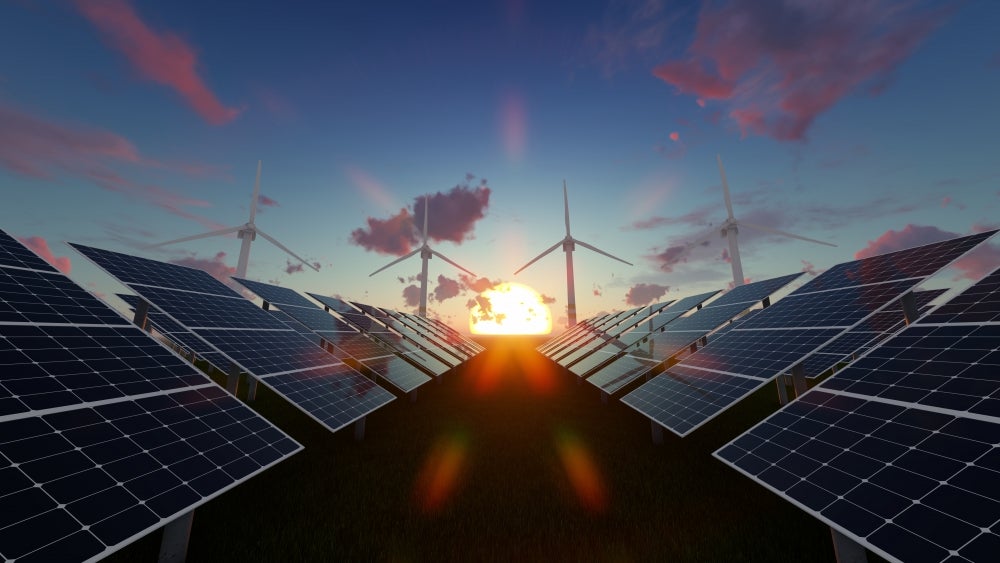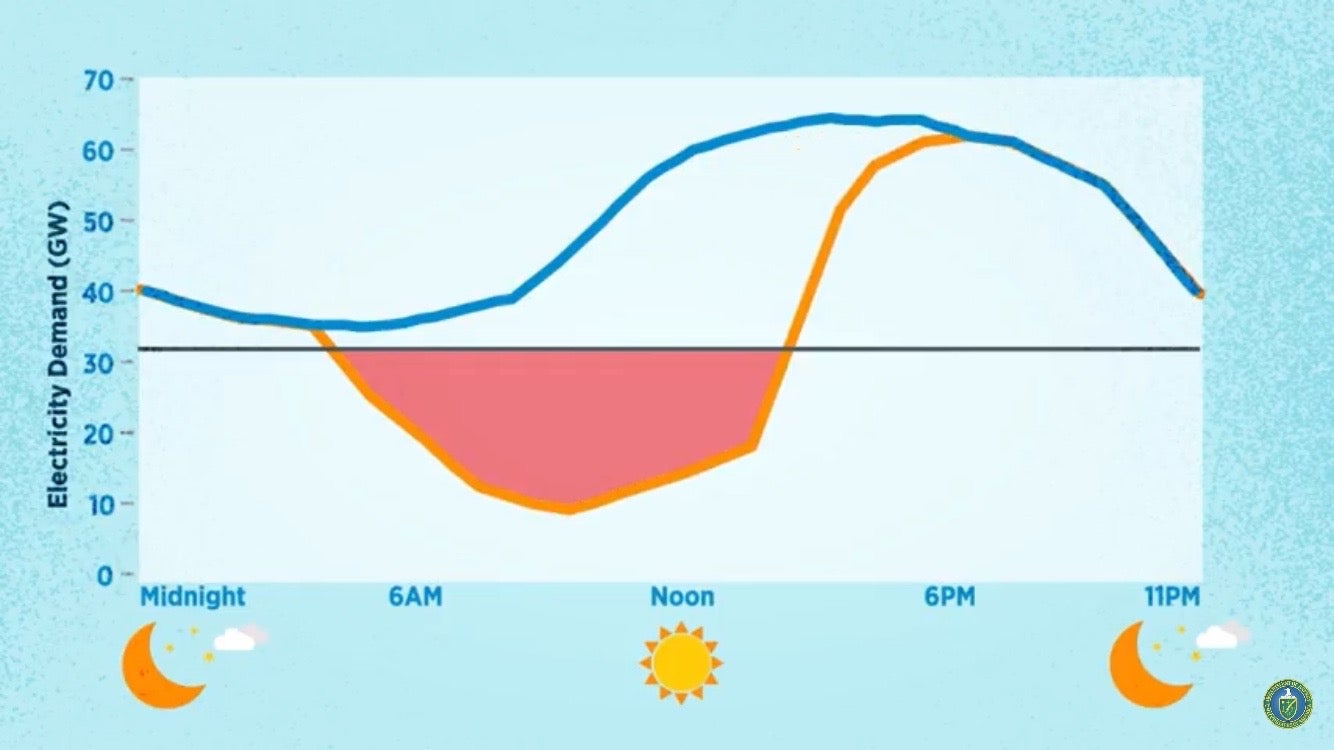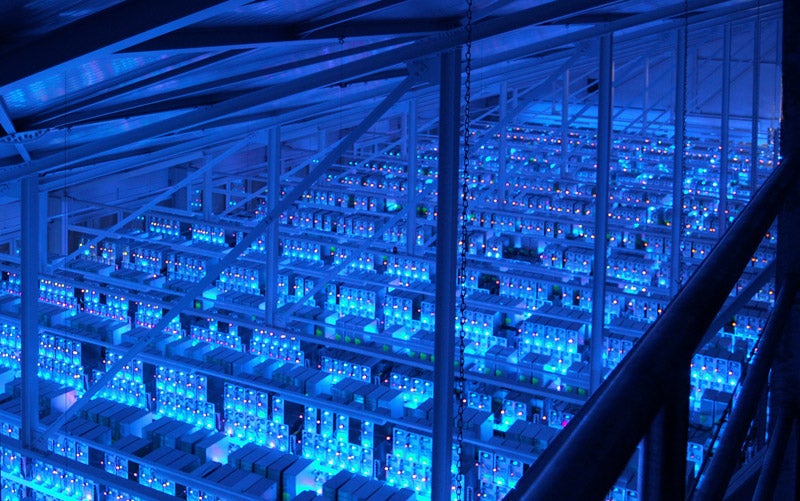
Moving Bits, Not Watts


The phrase “too much of a good thing” may sound like a contradiction, but it encapsulates one of the key hurdles preventing the expansion of renewable energy generation. Too much of a service or commodity makes it harder for companies to sell them, so they curtail production.
Usually that works out fine: The market reaches equilibrium and economists are happy. But external factors are bottlenecking renewable electricity despite the widespread desire to increase its capacity.
UC Santa Barbara’s Sangwon Suh is all too familiar with this issue. The professor of industrial ecology has focused on it and related challenges for at least the past two years at the Bren School of Environmental Science & Management. “Curtailment is the biggest problem of renewable energy we are facing,” said Suh, who noted it will only escalate as renewable energy capacity increases.
Now Suh, along with Bren doctoral student Jiajia Zheng, and Andrew Chien at the University of Chicago, have presented an innovative proposal to address this issue by routing workloads between data centers in different regions. The concept, published in the journal Joule, is cheap, efficient and requires minimal new infrastructure. Yet it could reduce thousands of tons of greenhouse gas emissions per year, all while saving companies money and encouraging the expansion of renewable energy.
The main roadblock
Curtailment comes into play when renewable energy sources generate more electricity than is required to meet demand. Modern power grids balance energy supply and demand in real-time, every minute of every day. Extra electricity would overwhelm them, so it needs to be either stored, sold off or curtailed.
This occurs because reliable energy sources — like fossil fuel and nuclear power plants — are critical to grid stability, as well as meeting nighttime demand. These facilities have to operate above a minimum capacity, since shutting down and restarting them is both costly and inefficient. This sets a minimum for electricity from conventional power sources, and if renewables continue to generate more power, then the extra energy is effectively useless.

Minimum operating capacities set a limit (black line) on how low conventional power sources can dip (orange) before renewable energy starts generating excess electricity (red).
Photo Credit: U.S. DEPARTMENT OF ENERGY
California is a case study in the challenges of variable renewable electricity and the problem of curtailment. Presumably the state could sell its surplus electricity to neighbors. Unfortunately, many power grids are encountering the same problem, and the transmission network has limited capacity. As a result, the state has resorted to selling excess electricity at a negative price, essentially paying other states to take the energy.
There are two other solutions for dealing with excess electricity aside from simply curtailing energy generation, Suh explained. Energy can be stored in batteries and even hydroelectric reservoirs. That said, batteries are incredibly expensive, and hydropower storage is only suitable for certain locations.
The other option is to use the extra electricity to generate things of value that can be used later. “Whatever we produce will have to be stored and transported to where it’s needed,” Suh pointed out. “And this can be very expensive.
“But,” he added, “transporting data and information is very cheap because we can use fiber optics to transmit the data literally at the speed of light.” As the authors wrote in the study, the idea behind data load migration is “moving bits, not watts.”
An innovative idea
The task ahead of the authors was clear. “The question we were trying to answer was can we process data using excess electricity?” Suh said. “If we can, then it’s probably the cheapest solution for transporting the product or service made using excess electricity.”
Currently, Northern Virginia hosts most of the nation’s data centers. Unlike California’s grid, CAISO, the grid Northern Virginia sits on, PJM, relies heavily on coal-fired power plants, “the dirtiest electricity that we can ever imagine,” in Suh’s words.
Suh, Zheng and Chien propose that workloads from the PJM region could be sent to centers out west whenever California has excess electricity. The jobs can be accomplished using electricity that otherwise would have been curtailed or sold for a loss, and then the processed data can be sent wherever the service is needed. Data centers usually have average server usage rates below 50%, Zheng explained, meaning there is plenty of idle capacity ready to be tapped.

A data center glows blue with the light of thousands of servers.
Photo Credit: FESTUS/ WIKIMEDIA
This plan is not only environmentally sound; it represents significant savings for the companies using these services. “This approach could potentially save the data center operators tens of millions of dollars,” said lead author Zheng. Since the electricity would otherwise have been useless, its cost to the company is essentially zero.
The authors analyzed historical curtailment data of CAISO from 2015 through 2019. They found that load migration could have absorbed up to 62% of CAISO’s curtailed electricity capacity in 2019. That’s nearly 600,000 megawatt-hours of previously wasted energy — roughly as much electricity as 100,000 Californian households consume in a year.
At the same time, the strategy could have reduced the equivalent of up to 240,000 metric tons of CO2 emissions in 2019 using only existing data center capacity in California. “That is equivalent to the greenhouse gas emissions from 600 million miles of driving using average passenger vehicles,” Suh said. And, rather than costing money, each ton of CO2 emissions averted by switching power grids would actually provide around $240 in savings due to decreased spending on electricity.
Untapped potential
These findings were within what the authors expected to see. It was the ramifications that amazed them. “What surprised me was why we were not doing this before,” Suh said. “This seems very straightforward: There’s excess electricity, and electricity is a valuable thing, and information is very cheap to transmit from one location to another. So why are we not doing this?”
Suh suspects it may be because data center operators are less inclined to cooperate with each other under current market pressures. Despite the environmental and financial benefits, these companies may be reluctant to outsource data processing to a facility run by a different firm.
In fact, the data center industry is somewhat of a black box. “It was very challenging for us to get detailed information on the power usage characteristics and energy consumption data from the industry,” said Zheng.
Harnessing the potential of curtailed renewable energy will require fluid coordination between the data center operators. Shifting the system may require changing the incentives currently at work. This could take the form of new regulations, a price on carbon emissions or collaborations between rival companies.
“Two different things need to happen in parallel,” Suh said. “One is from the private sector: They need to cooperate and come up with the technological and managerial solutions to enable this. And from the government side, they need to think about the policy changes and incentives that can enable this type of change more quickly.”
A widespread price on carbon emissions could provide the necessary nudge. California already has a carbon price, and Suh believes that, as additional states follow suit, it will become more economically attractive for companies to start using the strategies laid out in this study.
And these strategies have huge growth potential. Data processing and renewable electricity capacity are both growing rapidly. Researchers predict that the datasphere will expand more than fivefold from 2018 to 2025. As a result, there is a lot of room for data centers to absorb additional processing needs using excess renewable energy in the future.
This paper offers only a conservative estimate of the financial and environmental benefits of data load migration, Suh acknowledged. “As we increase the data center capacity, I think that the ability for a data center to be used as a de facto battery is actually increasing as well,” he said.
“If we can think ahead and be prepared, I think that a substantial portion of the curtailment problem can be addressed in a very cost-effective way by piggybacking on the growth of data centers.”



